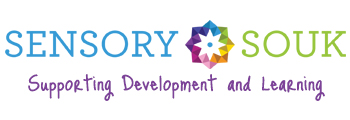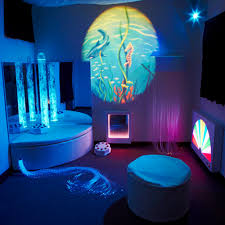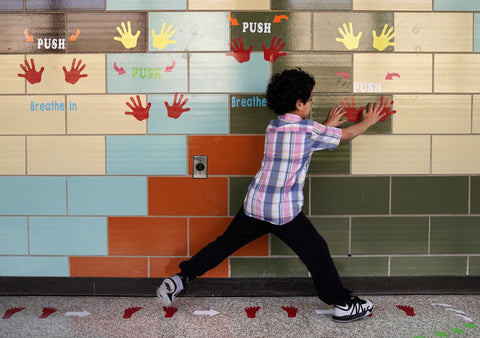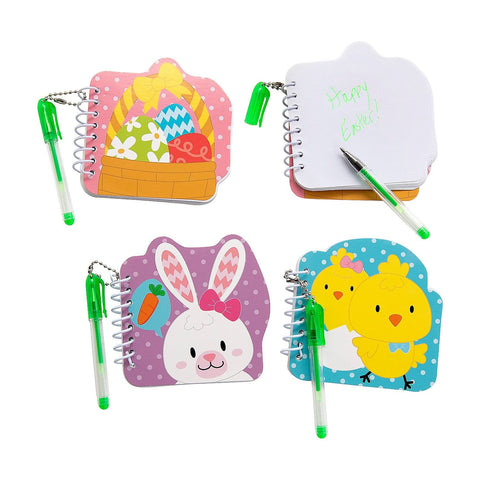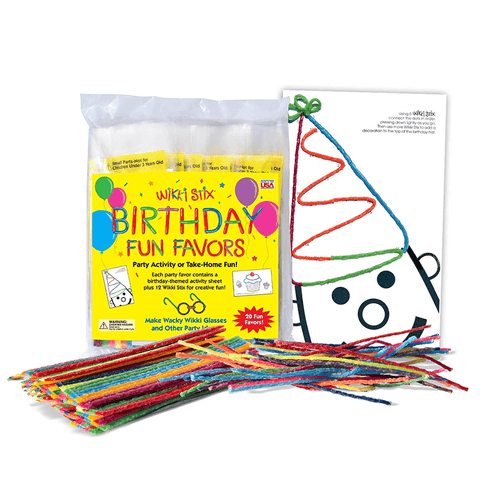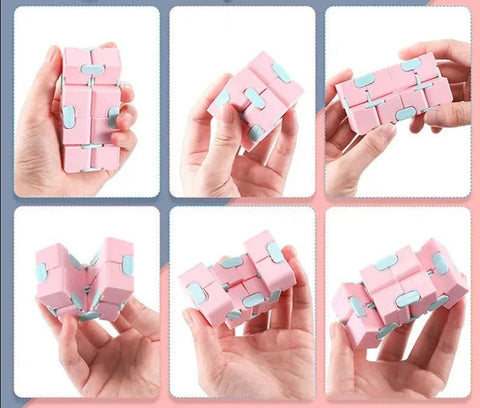Related Products
Sensory Rooms
0.00 QAR
Sensory Paths
0.00 QAR
Tall Stacker Big Little Pegboard
50.00 QAR
Mini Spiral Notebook with Pen
10.00 QAR
Wikki Stix Mini Play Packs (25 Units)
100.00 QAR
Wind-Up Bouncing Tin Top
30.00 QAR
Jumbo Magnifier
40.00 QAR
Wikki Stix Birthday Fun Favors Pack
60.00 QAR
Infinity Cube Fidget
10.00 QAR
Let's Talk Cubes
100.00 QAR
Snow Ball Crunch Nee Doh Stress Ball
45.00 QAR
Groovy Fruit Nee Doh Stress Ball
45.00 QAR
